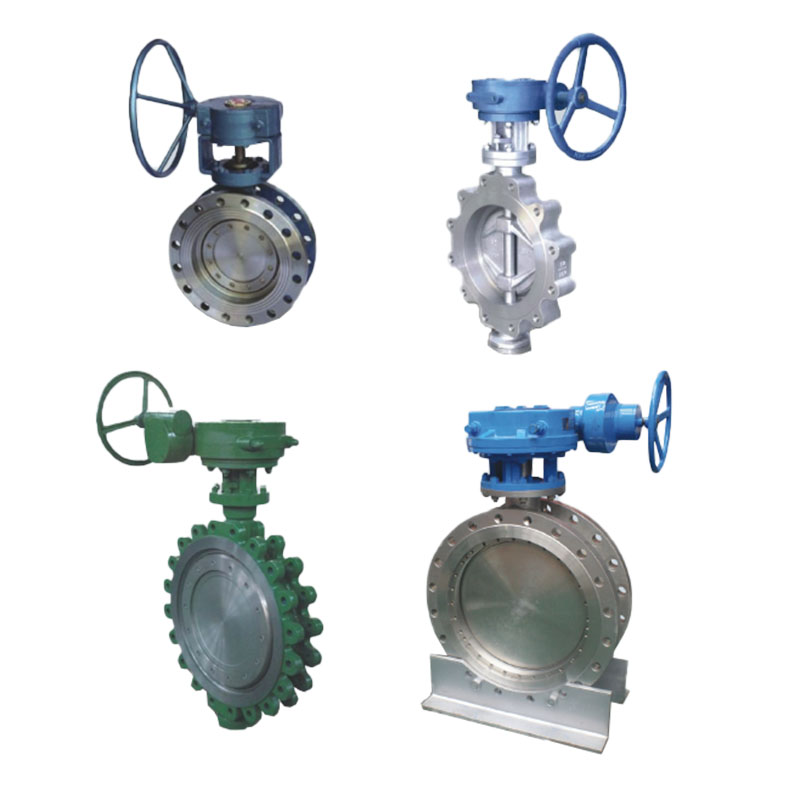Zhejiang Shunlin Valve Co., Ltd. is China Flange Valve Manufacturers, we are design and manufactures API standard valves (globe valves, gate valves, check valves, ball valves).
Butterfly Valves are one of the most common valve types
Update:2023-10-12 7:00:00 Thursday
Summary:Butterfly Valves are one of the most common valve types that can be used in a variety of industrial applications. They are often less expensive than other valve types of the same size, require less torque to open and close, and can be automated for e......
Butterfly Valves are one of the most common valve types that can be used in a variety of industrial applications. They are often less expensive than other valve types of the same size, require less torque to open and close, and can be automated for energy-efficient operation. In addition, their 90-degree turning radius allows for more accurate flow control, even in tight spaces. They are also capable of handling higher volumes of fluid than other types of valves.
These valves can be found in power plants, oil refineries, water treatment facilities, and many other applications. Their simple design makes them easy to install and maintain, and their low operating costs make them a popular choice for industries with large volume capacities. However, there are certain issues that need to be accounted for in order to avoid potential problems with this type of valve, including cavitation and choke.
The main component of any butterfly valve is the disc, which is able to stop or start the flow of liquid in the pipe. The disc is positioned inside the piping system to allow or block flow, much like the ball in a ball valve, the gate in a gate valve, or the plug of a shut-off plug valve. The disk is connected to the valve body through an external operating mechanism that can be rotated to adjust its position. The valve body is made from a tough and rigid material that protects the inner components of the valve while connecting it to the piping system.
Different butterfly valves have varying body styles and materials, with lug style or wafer type bodies being the most common. The valve body can also be made from a number of different metals, including stainless steel, iron, carbon steel, and aluminum. It may also be lined with a lining material, such as PFA or PTFE. The valve seat is another important component of a butterfly valve. The seat is a polymer or elastomer that seals the valve when it is closed. It can be bonded, pressed, or locked onto the body to provide a leak-tight seal.
Other materials used for butterfly valves include bronze and brass, which are both durable and able to withstand high temperatures. These are commonly found in water purification, pharmaceutical manufacturing, and food processing. Nickel alloy butterfly valves are also available and can withstand corrosive substances, such as acidic solutions and seawater. Hastelloy, which is an alloy of nickel, chromium, and molybdenum, is also used in some butterfly valves. It can withstand high pressure and temperatures, as well as resist cracking, corrosion, and oxidizing agents. This makes it appropriate for use with nitric, hydrochloric, and sulfuric acids at moderate temperatures.


 English
English 中文简体
中文简体 русский
русский







